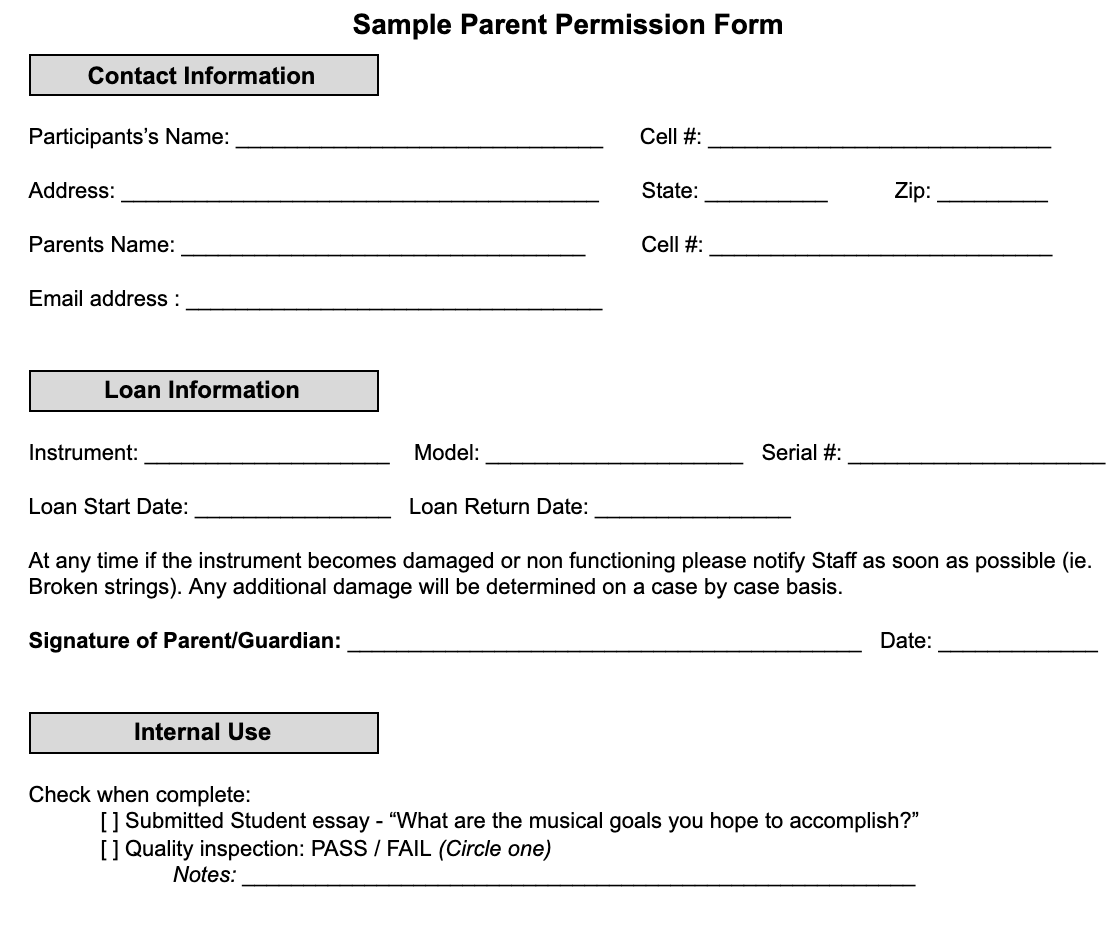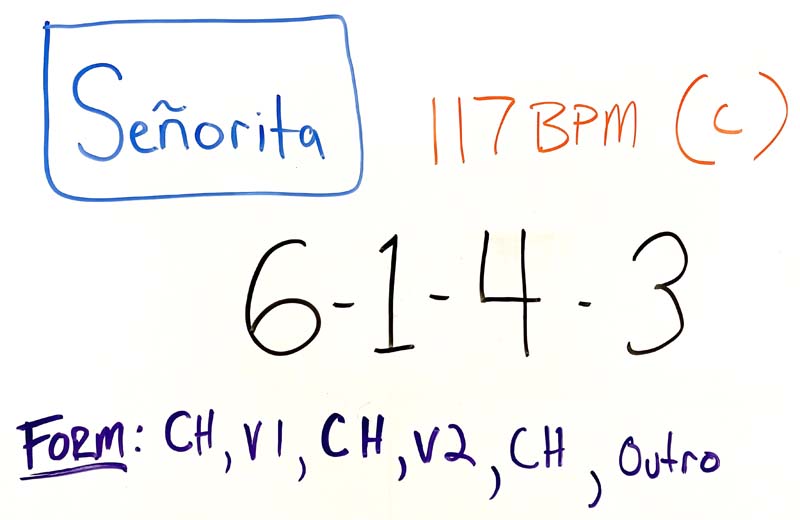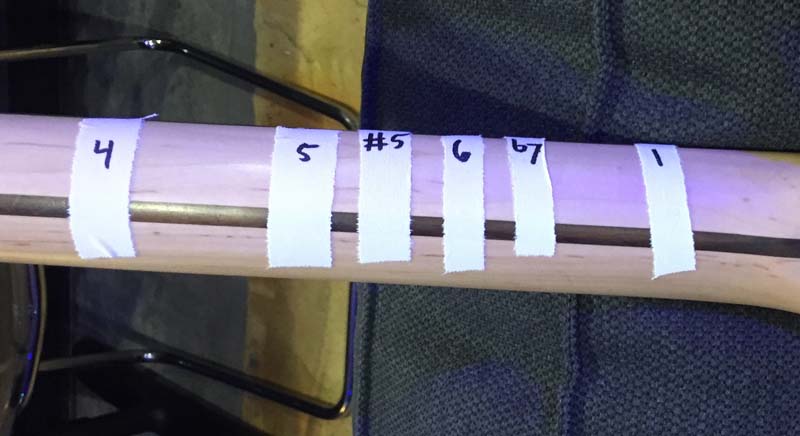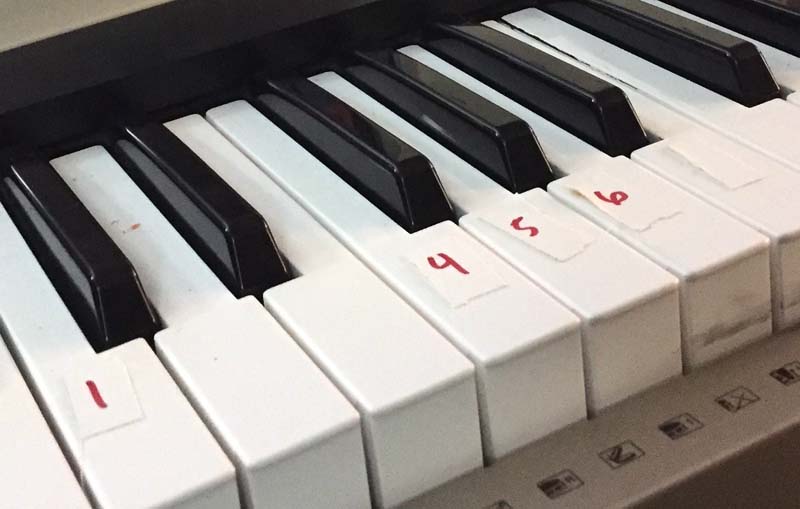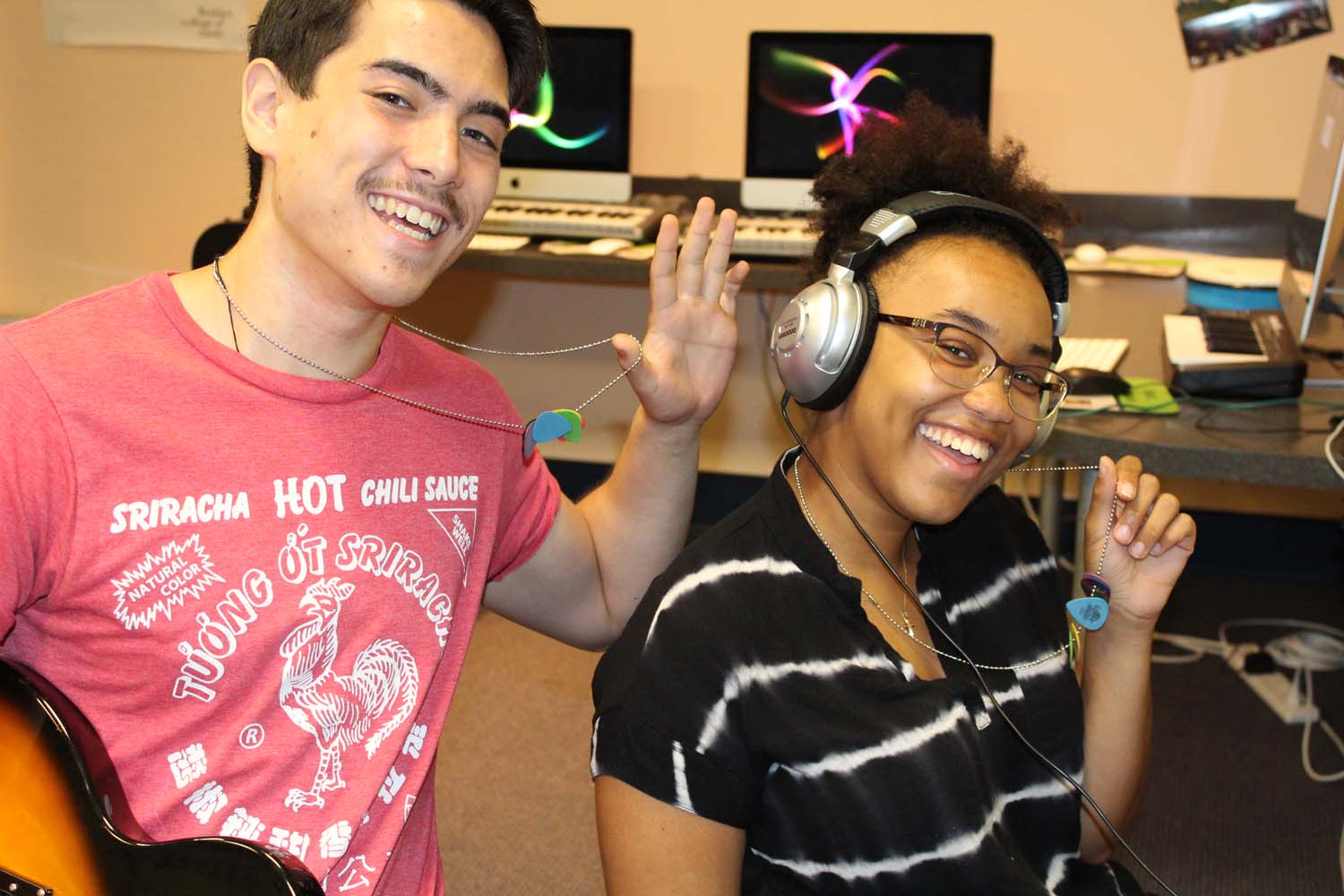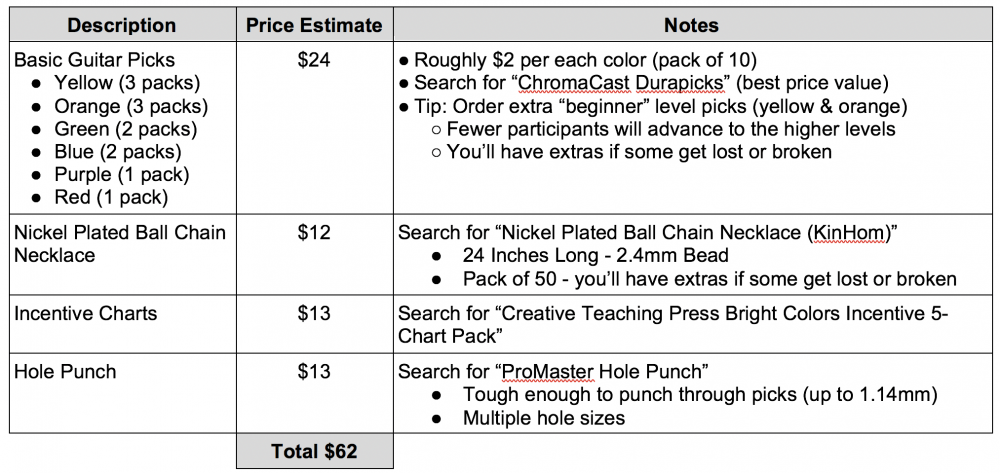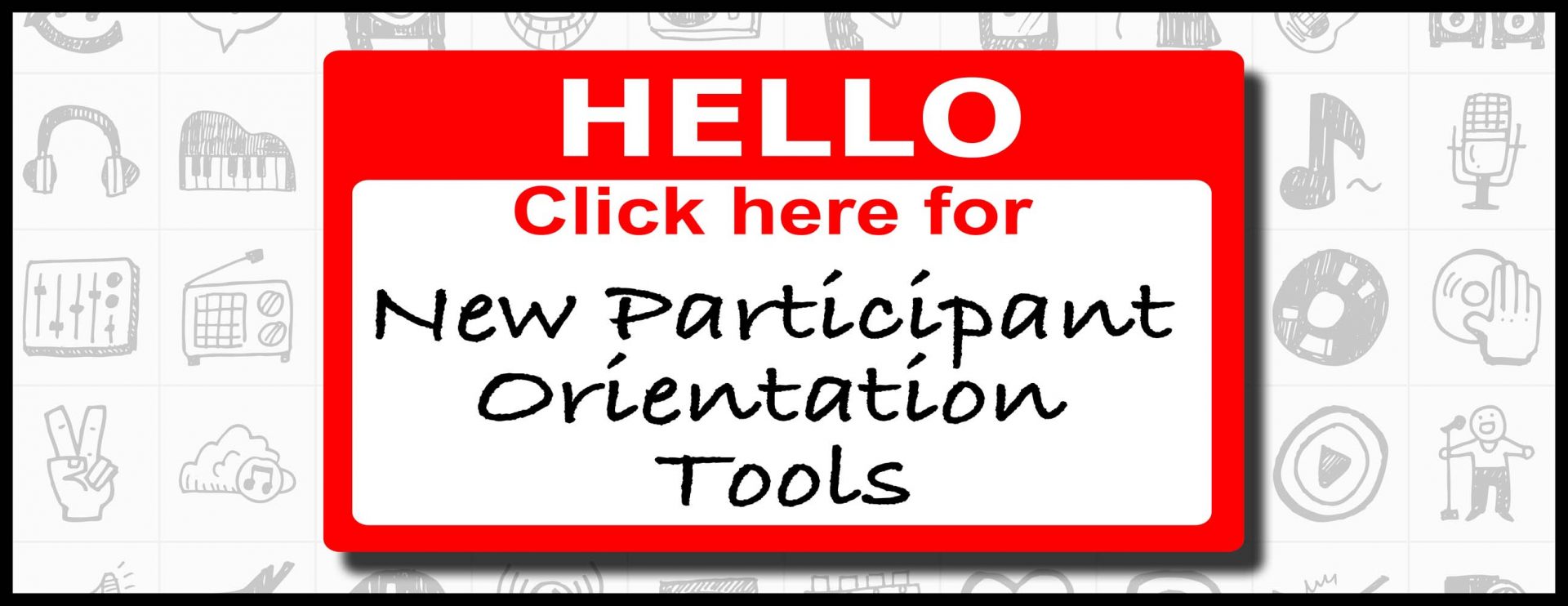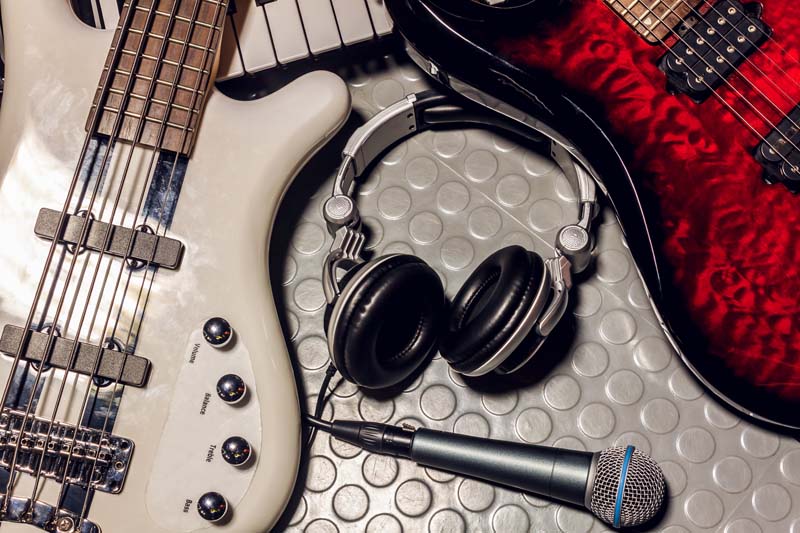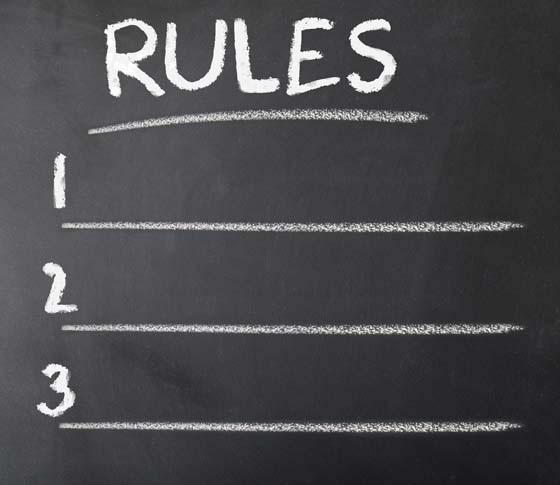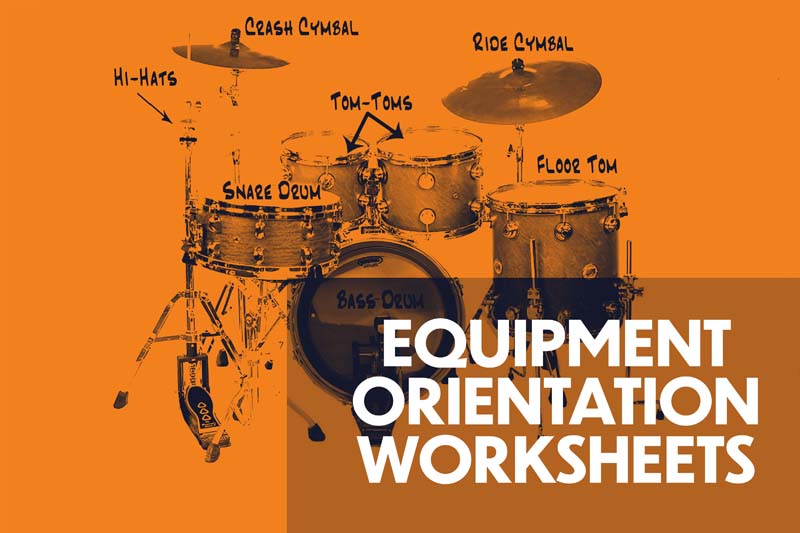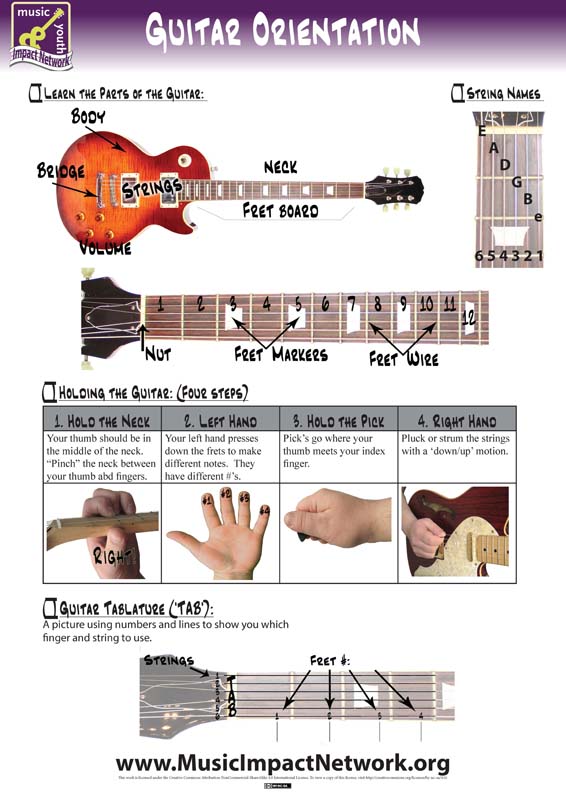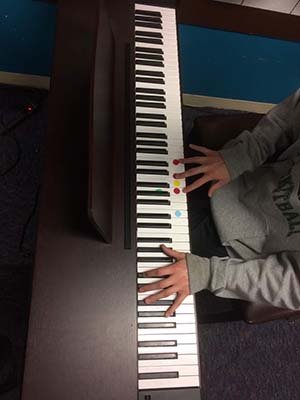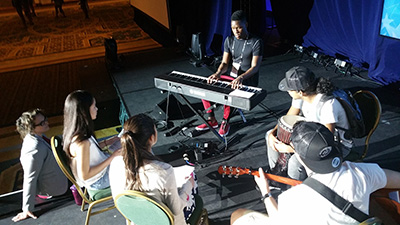Given the COVID related limitations on the number of youth in a room and limits on contacts with staff members, here are some thoughts on how to have an instructor in one room providing lessons to a group of youth in another room.
Overview
The easiest way to do this is by setting up a Zoom session between an instructor and the various youth participants. The general idea is that each participant joins the same Zoom session and the instructor can watch them play their music. The instructor can also offer one-on-one feedback by using Breakout Rooms. The following describes the process in greater detail.
Read More How to run a Zoom music session The instructor invites each participant to join the same Zoom session. Each participant will need to have their own Zoom device to join the session, which could be any of the following: NOTE: It would be great to be able to connect the instruments or the production equipment directly to the participant’s Zoom device, but unfortunately this capability does not currently exist for Zoom – so the Zoom device really just captures the video and audio of the participant using their instrument or production gear. The instructor uses Zoom to see and hear every participant as they perform Musical Equipment Recommendations In order to get the best musical sound using the built in microphone of each Zoom device, we would suggest following these guidelines for the various Workshops your instructor might lead. Additional Resources:
| To download a full, editable version |

